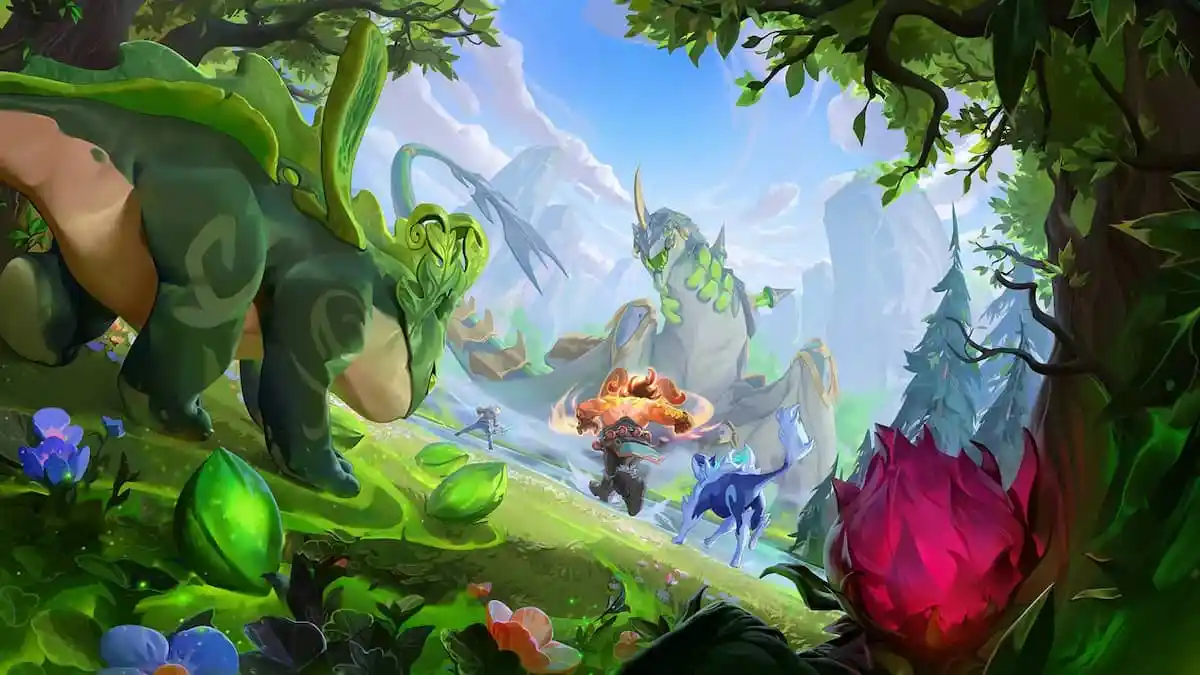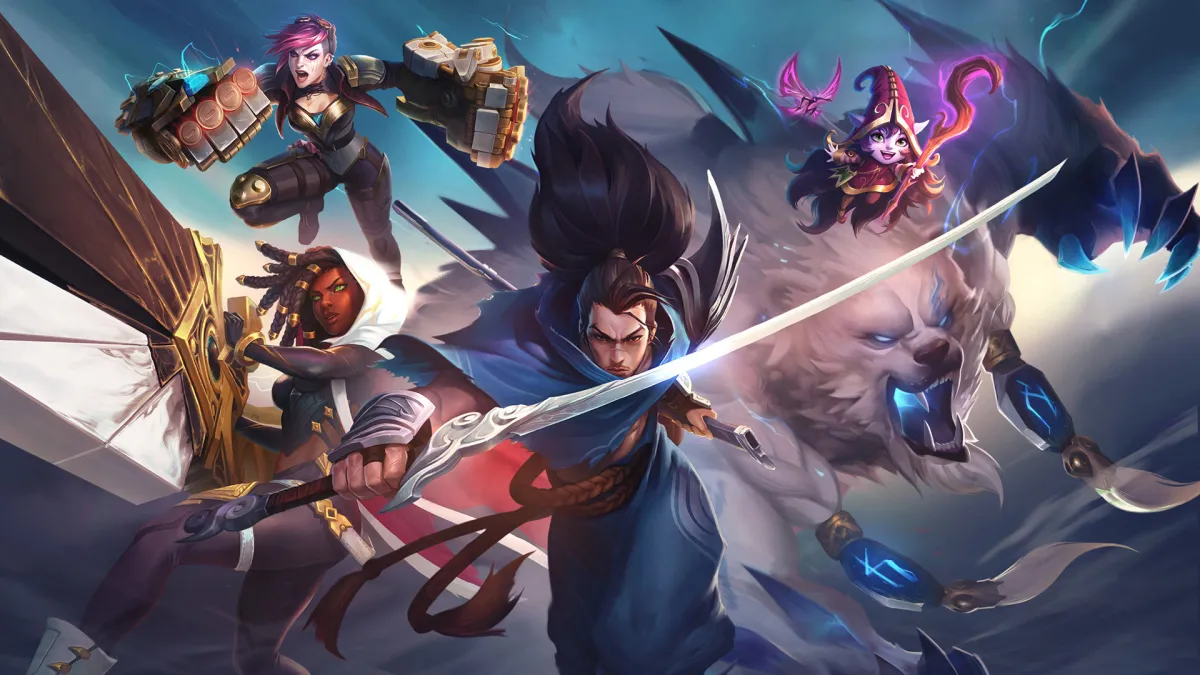The first time you leave your home is hard. By the time we’re old enough to do so, most of us are in such a rush to get out on our own that we fail to realize just what we’re giving up. The very same structure we grow to hate as teenagers is a safety blanket we never realize we have until we lose it. When speak of the “comforts of home”, it’s a real thing they’re referring to. Sometimes it’s the little things, like a full fridge, extra toilet paper in the cupboard, and a free laundry machine. More often, it’s the people around you, and knowing you have a place to return to. A place to call home. I think pro players underestimate the importance of comfort. Comfort allows you to focus entirely on a single objective without any distractions. For teenagers still learning how to interact with each other in social, and professional settings, these things are of astronomical importance.
There’s no place like home
It speaks to Dexter’s growth as a person that he realized this over the course of his stay with CLG. The Team environment is much different in eSports compared to traditional sports. Most of the players enter the scene emotionaly and socially immature, and yet are expected to act like something they are not. Namely, a mature and fully developed adult. Friction is expected when you throw 5+ seventeen to twenty-four year old boys of different backgrounds into a house and ask them to work together. For the purpose of the game, someone has to be the leader, or in the case of League of Legends, the shot caller. IIf you consider that most pro players were likely the best player any of their friends knew, and possibly the best player in their entire state or region of the country, you can see how it could be difficult for them to swallow their pride and follow the orders of another player. Alone, this wouldn’t be a huge issue, but players are under huge pressure to succeed. A career as a pro gamer is a volatile one, with salaries and positions that aren’t guaranteed, and constant roster turnover as organizations look for the next best thing. As prize pools continue to grow, the situation will only get worse, especially in North America and Europe. NA and EU are still significantly begind Korea in terms of infrastructure, and an influx in cash such as one might get from a major tournament could represent a hude opportunity for a team to improve their infrastructure and further differentiate themselves from the other teams in their region. It’s no surprise that the top teams in either region are generally from long-standing, stable organizations that can afford to invest in coaches, analysts and roster changes. All of this only adds to the burden most pro gamers face, considering that a lot of them are putting off a more long-term, and stable career, or education to persue their dream.
The American Nightmare
Over the past two seasons, we’ve seen a number of established EU LCS players move from the EU LCS to the NA LCS, frequently driven by a desire for better structure, or the belief that the NA scene lacks talent. All told, seven players have moved from the EU LCS to the NA LCS. They are, in chronological order, Edward, Krepo, Snoopeh, Yellowpete, Bjergsen, Dexter, and Amazing. What we are witnessing now is the blowback from a strategy that has mostly failed for the teams that tried it. Edward quickly became disenchanted with the lack of dedication of his NA teammates, and returned to Gambit after a single split. Evil Geniuses took 3/5ths of their roster from EU to NA, and only one of those three players is still in the LCS. Now Amazing and Dexter have both left their respective NA teams to return to EU, with both mentioning they’d underestimated how much they’d miss home, and ebeing unable to balance the demands of a pro graming career and adapting to a new country. That leaves two players, Krepo and Bjergsen, who’ve succesfully made the transition from Europe to North America. Krepo is clearly one of the most mature players in professional League of Legends, and possesses a strong sense of self, while TSM clearly went out of their way to make sure Bjergsen felt at home. It certainly helped that he performed as advertised, and thus didn’t have to deal with negativity from the community on a daily basis. In stark contrast to most of the EU->NA transplants, Bjergsen actually seems to have come into his own since the move, frequently mentioning how he’s grown as a person, and become more confident since he came here.
Finding the Bjergsen in the Rough
It’s difficult to tell where NA teams will go from here. Cloud 9 is the only NA team that isn’t looking to replace or upgrade a player, and NA organizations have a long-standing unwillingness to give up and coming talent a shot, instead preffering to recycle established players even there’s little benefit. The allure of big name European talent will be hard for many teams to ignore, especially those that believe they are one piece away from being a contender for the World Championship. At the same time, most teams have to realize by now that it takes a special individual for the change to be successful, and it’s tough to pinpoit exactly what characteristics such an individual should have. Just as young players may be expected to struggle with being in an unfamilar country far away from home, older players may have difficulty adapting to a different team atmosphere. Edward is one such example. He clearly had a different opinion of how Curse should play, and it often seemed like he and the rest of his team weren’t on the same page. Krepo and Bjergsen are the only two successes, but they’re such different cases that you can’t draw much from either. Krepo is one of the longest standing players in the scene, extremely mature and well-spoken, and as a Support player, has plenty of experience working for the good of the team. It makes sense that he would succeed no matter what region he is in. Bjergsen is a different story. He’s very young, and he’s on record saying that he used to struggle in social environments. He appears extremely confident, but that confidence could be easily shaken. Not what you’d expect for a player who’s succeeded as much as he has. A player with such personality issues would have been the last you’d expect to succeed. But he did, and that’s in large part because he was able to grow as a person. By the end of the Summer Split, his confidence was genuine, and he was clearly far more comfortable in social settings and interviews. One can imagine that hundreds of hours of streaming for an audiance does wonders for someone’s social skills.
Building a Winner
Instead of focusing on the qualities of the player, I think it’s best to focus on what teams need to do for the transfer to be successful. For starters, their needs to be a strong support system, and the player needs to be gradually incorporated into the team, not thrust in and expected to swim like Amazing and Dexter. This means the roster change needs to happen far in advance of the split. You’ll notice that imports that occur inbetween seasons are far more succesful than those that occur between splits. Those pesky visa trips might seem like a negative at first, but from a mental health standpoint, they can do nothing but help. I’d like to see Riot incorporate a mandatory, and scheduled mid season break in whatever incarnation of the LCS they debue next year, possibly requiring teams to actually take that week off, and not scrim. Another neccesity would be a life coach, someone whose sole job is to make sure the player’s needs are being met, and that’s for all players, not just the imports. Some teams have this already, and it clearly pays off. What doesn’t pay off is having a player try to fulfill that role, like seemed to be the case with Aphro and CLG. Lastly, the team needs to be willing to accept the fact that there will be growing pains, and it can’t just be lip service. Montecristo made a point several times to say that CLG knew and accepted that there would be growing pains with Seraph and Dexter, and yet the players didn’t seem to share the same mind set. That creates a toxic atmosphere that in all likelihood will destroy the team.
Those who cannot remember the past are condemned to repeat it~ George Santayana
The Other Side
One thing is clear, the grass isn’t always greener on the other side. Competitive League of Legends has grown to the point where mechanical skill isn’t a plus, but a requirement. Older players who relied on game knowledge to cover their flagging skills, like the Oddone and Scarra, have left the scene for that exact reason. But because of this, team synergy and the mental health of the players has become even more important. It’s why Cloud 9 has been the best team in North America over the past year and a half, and why mechanical power hourses like CLG have failed. It might seem like a great idea for a European player to come to North America where the infrastructure is better, and the Meta more current, but doing so trades comfort and security for the unknown and poses a huge risk for the player and their team. Think of how TSM recruited Amazing. No tryouts, and very little in the way of an interview. They just picked a guy based on Regi’s gut (which to be fair, has a pretty great track record). I would be very surprised to see that happen again. Instead, I expect teams from all regions to put extra care into evaluating the mental and emotional health of a player along with their skill before making any roster changes.




